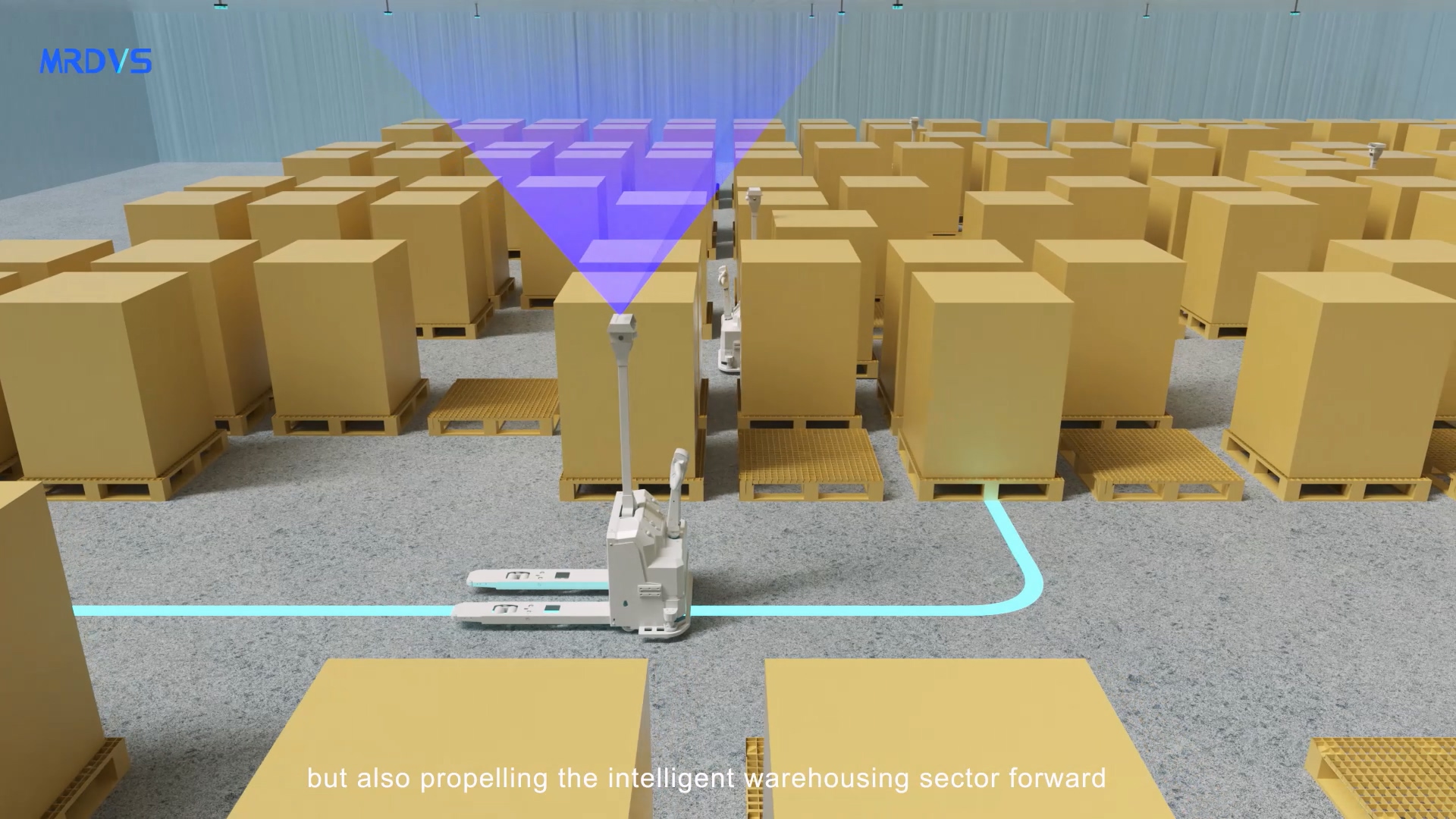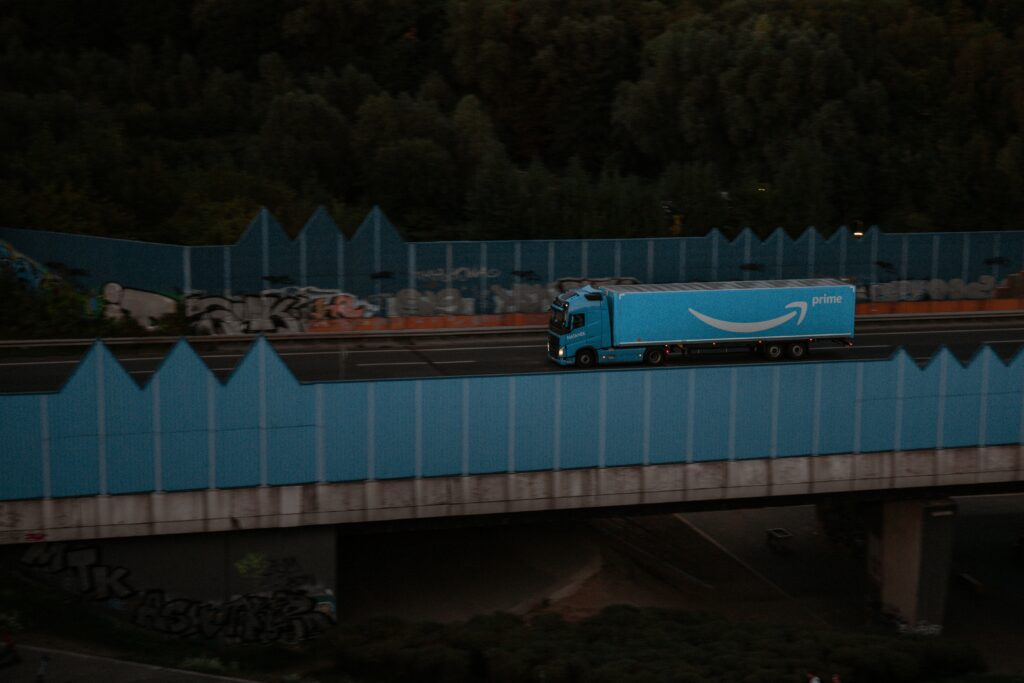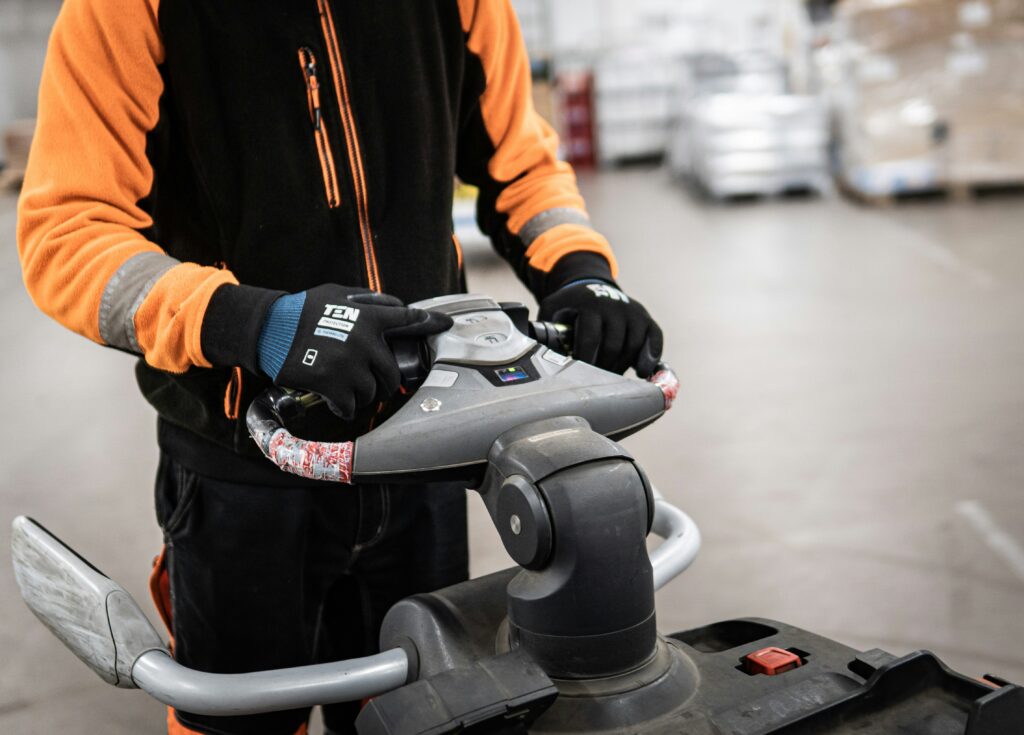
Amazon has unveiled its next-generation fulfillment center, a massive leap forward in logistics and technology, powered by AI and robotics on an unprecedented scale. Since its humble beginnings as an online bookstore in 1995, Amazon has continuously pushed the boundaries of innovation. Today, the company stands at the forefront of a new technological era, using AI and robotics to transform its operations and improve customer experience globally.
Located in Shreveport, Louisiana, this fulfillment center spans over 3 million square feet, equivalent to 55 football fields. It is one of Amazon’s largest facilities and will employ 2,500 workers once fully operational. This facility embodies Amazon’s ambition to set a new standard in the industry by integrating the latest advancements in AI and robotics into every stage of the fulfillment process. This integration represents the largest technological upgrade in the company’s history, improving efficiency, speed, and safety across the board.
The centerpiece of the Shreveport facility is Sequoia, a multilevel, containerized inventory system that elevates storage and retrieval processes to new heights. Sequoia is designed to hold over 30 million items, five times larger than the first version of this system, which was deployed in Houston, Texas. By making it easier for workers to store and retrieve products, Sequoia enhances efficiency while making the workplace safer and more ergonomic.

Sequoia is just one part of Amazon’s broader robotic ecosystem. The facility features thousands of mobile robots working in tandem with advanced robotic arms like Robin, Cardinal, and Sparrow. These robots handle picking, packing, sorting, and stacking millions of items daily, allowing for faster and more precise order fulfillment. The latest version of Sparrow, an AI-powered robotic arm, can now handle over 200 million unique products of varying shapes, sizes, and weights, using advanced computer vision and AI to make it the most versatile robotic arm Amazon has deployed to date.
Amazon is also a key player in this system. Proteus, the company’s first fully autonomous mobile robot, effortlessly navigates the fulfillment center, transporting carts full of packages to outbound docks. These robots operate safely alongside human workers, enhancing productivity without compromising safety. Proteus represents the next generation of autonomous systems, capable of safely maneuvering through busy workspaces without human supervision.
A critical aspect of Amazon’s next-generation fulfillment center is its focus on improving employee well-being. Technology like Sequoia, Sparrow, and Cardinal is designed to make tasks easier and safer by reducing the need for heavy lifting and improving ergonomics. The fulfillment center’s workstations are tailored to ensure employees operate in their “power zone”, an area between mid-thigh and mid-chest that is optimal for minimizing strain and maximizing comfort.
This focus on ergonomics and safety has contributed to a 30% improvement in workplace safety across Amazon’s network over the past several years. The Shreveport site is expected to build on this progress, reducing the risk of injuries by alleviating physically demanding tasks using robotics. This emphasis on safety aligns with Amazon’s broader goal of enhancing the work environment for its employees.

Despite the increase in automation, the facility is creating more skilled job opportunities. Amazon anticipates a 30% increase in the number of employees needed in maintenance, reliability, and engineering roles to support its advanced robotics systems. These jobs, which require specialized skills, offer higher wages and provide pathways for career development. Through programs like Career Choice, Amazon allows employees to pursue certifications at no cost, helping them transition into higher-paying roles in robotics and mechatronics. Additionally, Amazon’s mechatronics and robotics apprenticeship program allows employees to earn up to 40% more than entry-level roles, reflecting the company’s commitment to workforce development.
Another significant innovation in Amazon’s next-generation fulfillment center is its Packaging Automation system, which optimizes the packaging process while aligning with Amazon’s sustainability goals. The new system reduces the use of plastic packaging materials, replacing them with curbside recyclable paper solutions. This shift is part of Amazon’s broader effort to reduce its environmental footprint while maintaining efficient operations.
Packaging Automation also speeds up the packing process, allowing orders to be processed more swiftly, which is essential in meeting the growing demand for faster delivery times. This aligns with Amazon’s ongoing commitment to enhancing the customer experience by offering Same-Day and Next-Day Delivery options on more items. The reduced fulfillment processing time—up to 25% in some cases—means that customers can expect faster, more accurate deliveries while Amazon operates more sustainably.
The Shreveport facility is just the beginning of Amazon’s next wave of technological innovation. The robotics and AI systems being deployed are not exclusive to new buildings. Instead, they have been designed to integrate seamlessly into Amazon’s existing facilities, enabling the company to modernize its entire network rapidly. By implementing these technologies across its global operations, Amazon aims to drive efficiency at scale and deliver more value to its customers.
During peak delivery seasons, when operational efficiency is most critical, the Shreveport site is expected to achieve a 25% improvement in cost-to-serve. These savings, generated by the improved automation systems and optimized workflows, will be passed on to customers, further enhancing the value of Amazon’s services. The company’s ability to scale these technologies across its fulfillment network represents a significant competitive advantage in the e-commerce industry.
Amazon’s investment in AI and robotics not only enhances its operational capabilities but also signals a broader shift in the future of work. As automation becomes increasingly integral to logistics and fulfillment, companies like Amazon are leading the way in creating a collaborative work environment where humans and robots work side by side. The introduction of robotics on such a large scale has sparked discussions about the future of employment in automated industries.
Amazon’s approach, however, emphasizes the symbiotic relationship between technology and the workforce. By investing in employee development and creating more skilled job opportunities, Amazon is positioning itself as a leader in the responsible adoption of automation. Research by MIT has shown that employees are more likely to embrace new technologies when they see tangible benefits, such as improved working conditions and opportunities for career advancement.
The Shreveport fulfillment center is a testament to Amazon’s commitment to both its employees and customers. By leveraging AI and robotics, Amazon creates a more efficient, safer, and faster fulfillment process while fostering workforce development and environmental sustainability. As the company continues to scale these innovations across its global network, the future of e-commerce logistics is set to be transformed.
Amazon’s next-generation fulfillment center in Shreveport represents a major milestone in the evolution of logistics and technology. With AI-powered systems like Sequoia, Cardinal, and Sparrow working alongside a growing fleet of autonomous robots, Amazon is poised to set new industry standards for efficiency, safety, and customer satisfaction. This facility is not just a glimpse into the future of work—it is the future of work, where robotics, AI, and human ingenuity come together to drive innovation forward. As Amazon continues to integrate these technologies across its global operations, the company is paving the way for a more sustainable, efficient, and customer-focused future in e-commerce.
Amazon unveils the next generation of fulfillment centers powered by AI and 10 times more robotics.
Amazon’s new warehouses will employ 10x as many robots.
Same day delivery options coming to Treasure Valley as Amazon opens new warehouse.
Inside vast Amazon warehouse, ‘loveable’ robots are not just a pretty face.
©Copyright 2023 Zhejiang MRDVS Technology Co.,Ltd.
浙ICP备2023021387号-1